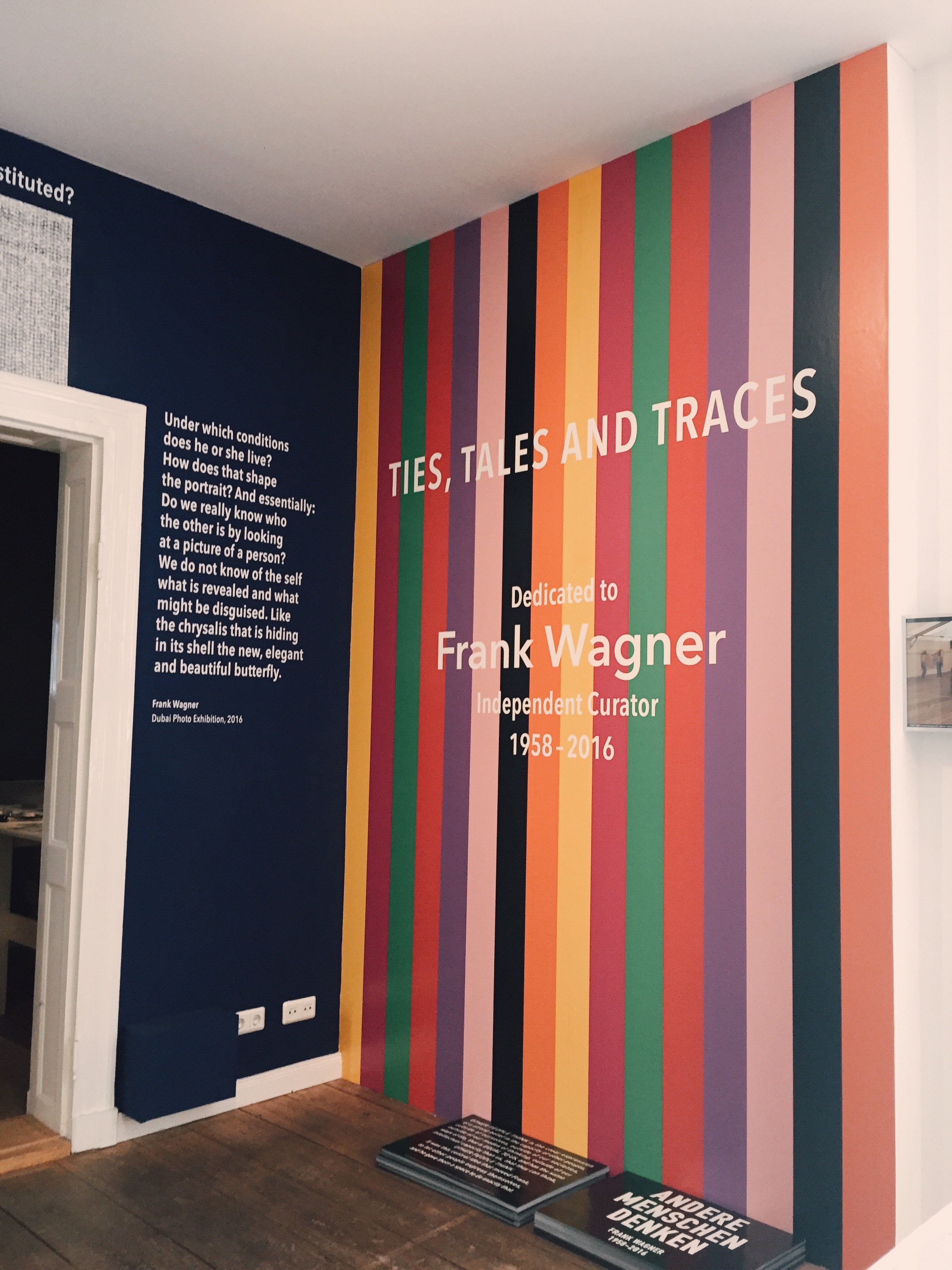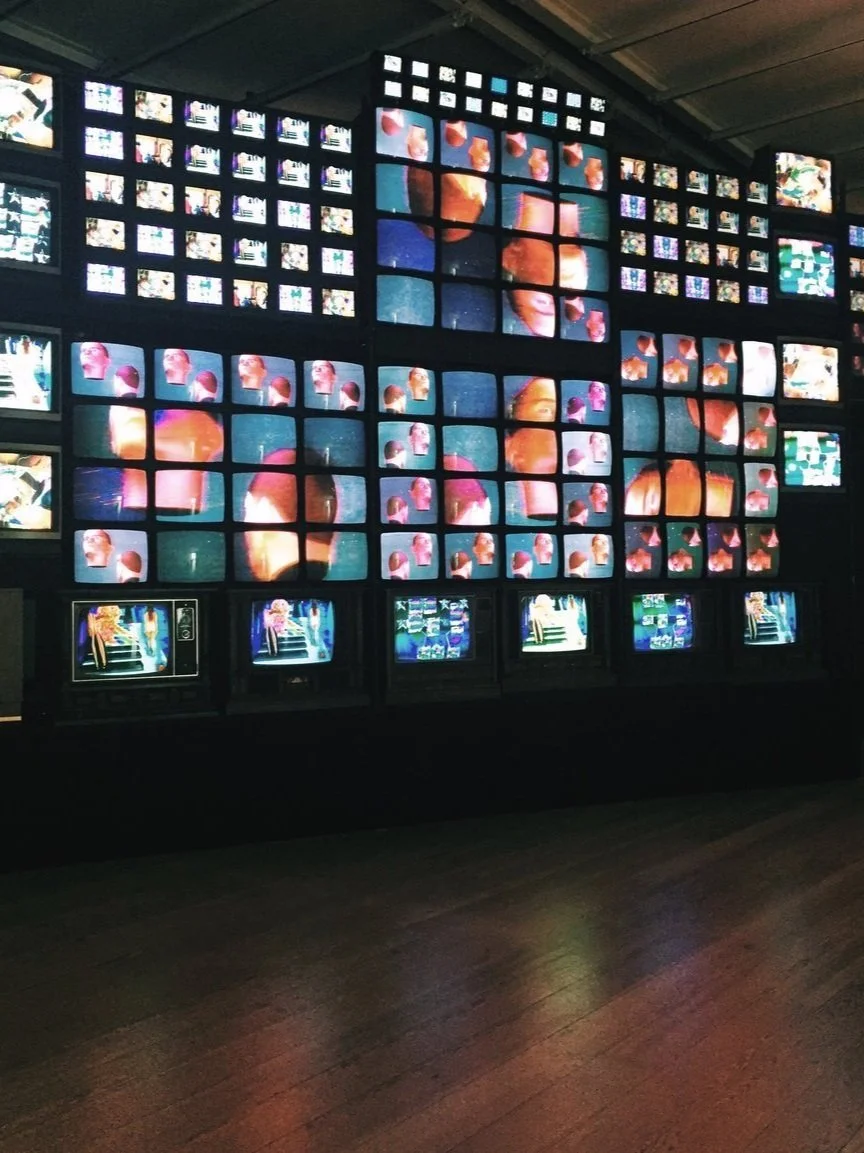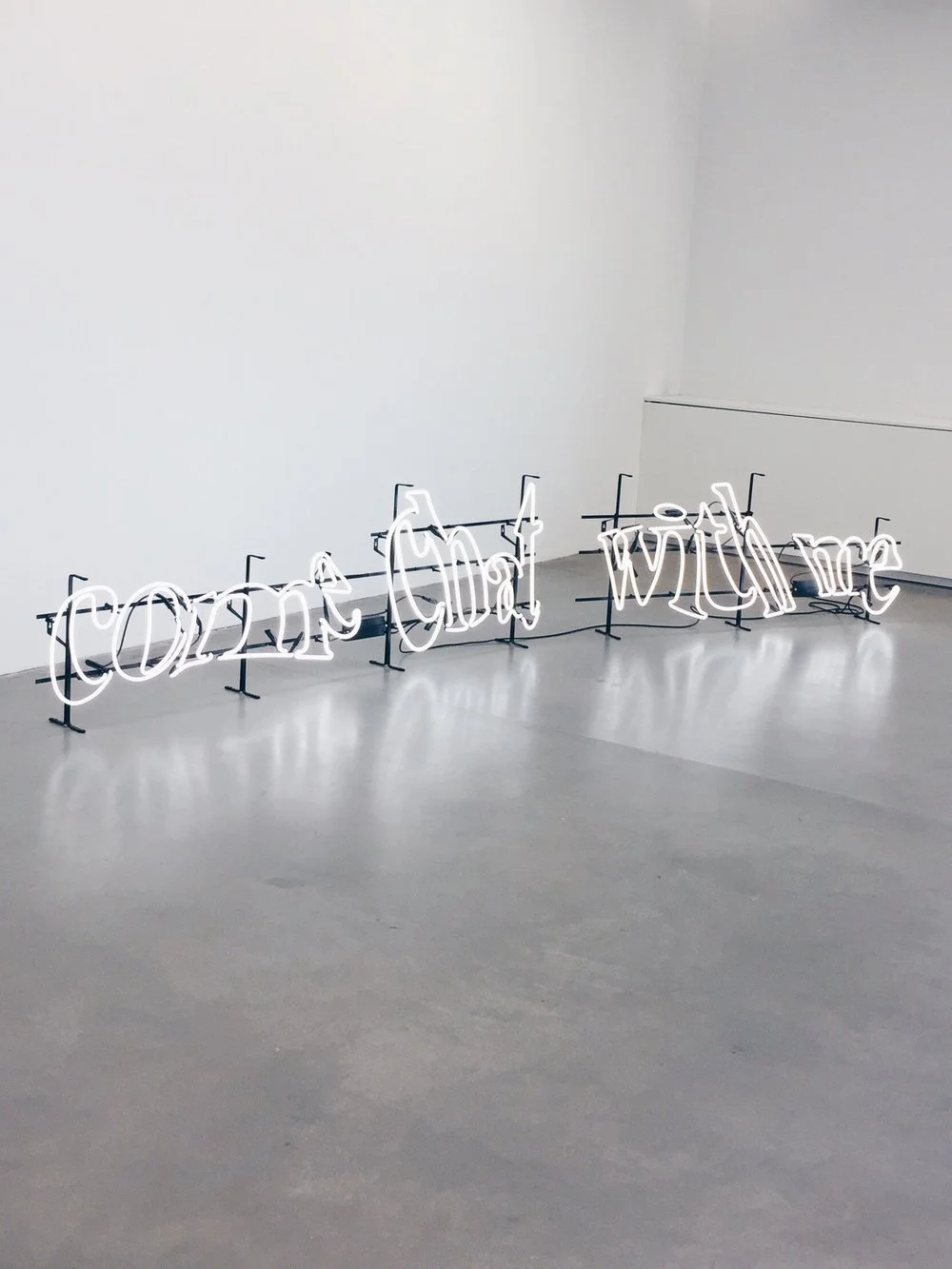Discovering the KW Institute for Contemporary Art
The KW Institute for Contemporary Art is an institution in Berlin, Germany dedicated to the production, display, and diffusion of contemporary art. Established 25 years ago, the KW aims to act as a forum for discourse on the current state of international art.
Located in a charming quarter of the Mitte neighborhood, the space is tucked away behind a large door leading into a courtyard. Upon entry, there is a hyper-modern glass building (the café) juxtaposed against a tiny and lush cobblestoned square. At the end of the courtyard lies the institute. Be sure to check out the bookstore, which features unique books, magazines, and pamphlets I had never seen anywhere else before.
During my visit, I saw three exhibitions on display. One exhibition was dedicated to independent curator Frank Wagner. Wagner was a pioneering curator who championed sociopolitical art, specifically art dealing with gender, LGBTQ themes, and the AIDS crisis. The exhibition featured his story as well as some of the artists he supported.
Left to right: General Idea, AIDS. Christopher Wool, Untitled (The Show is Over)
The institute also displayed the work of Reza Abdoh, the avant-garde Iranian-American director and playwright. He displayed a daringly imaginative aesthetic, drawing inspiration from fairy tales, BDSM, talk shows, raves, and the legacy of experimental theater. The exhibition staging was meant to evoke the underground theatre scene in which Adboh participated in. Each television played a different film, video or play, with attached headphones for audio.
Reza Abdoh, Bogeyman (installation view). Image credit: © Frank Sperling
The most compelling exhibition—in my opinion—was David Wojnarowicz, Photography and Film from 1978-1992. Wojnarowicz was a queer artist from New York who used his work as a form of activism during the AIDS crisis. Aligning conceptually with the Wagner exhibition, Wojnarowicz’s work is challenging yet poetic. The exhibition featured his work as well as portraits/film of him by other artists.
David Wojnarowicz, Arthur Rimbaud in New York
Left to right: Peter Hujar, David Wojnarowicz Smoking. Peter Hujar, David Wojnarowicz
Andreas Sterzing, David Wojnarowicz (Silence = Death): New York
The KW Institute provided beautifully-printed exhibition pamphlets, which provided context for all of the exhibitions. The space balances the line between converted townhome and vast art studio, in a way that makes it inviting yet impressive.














